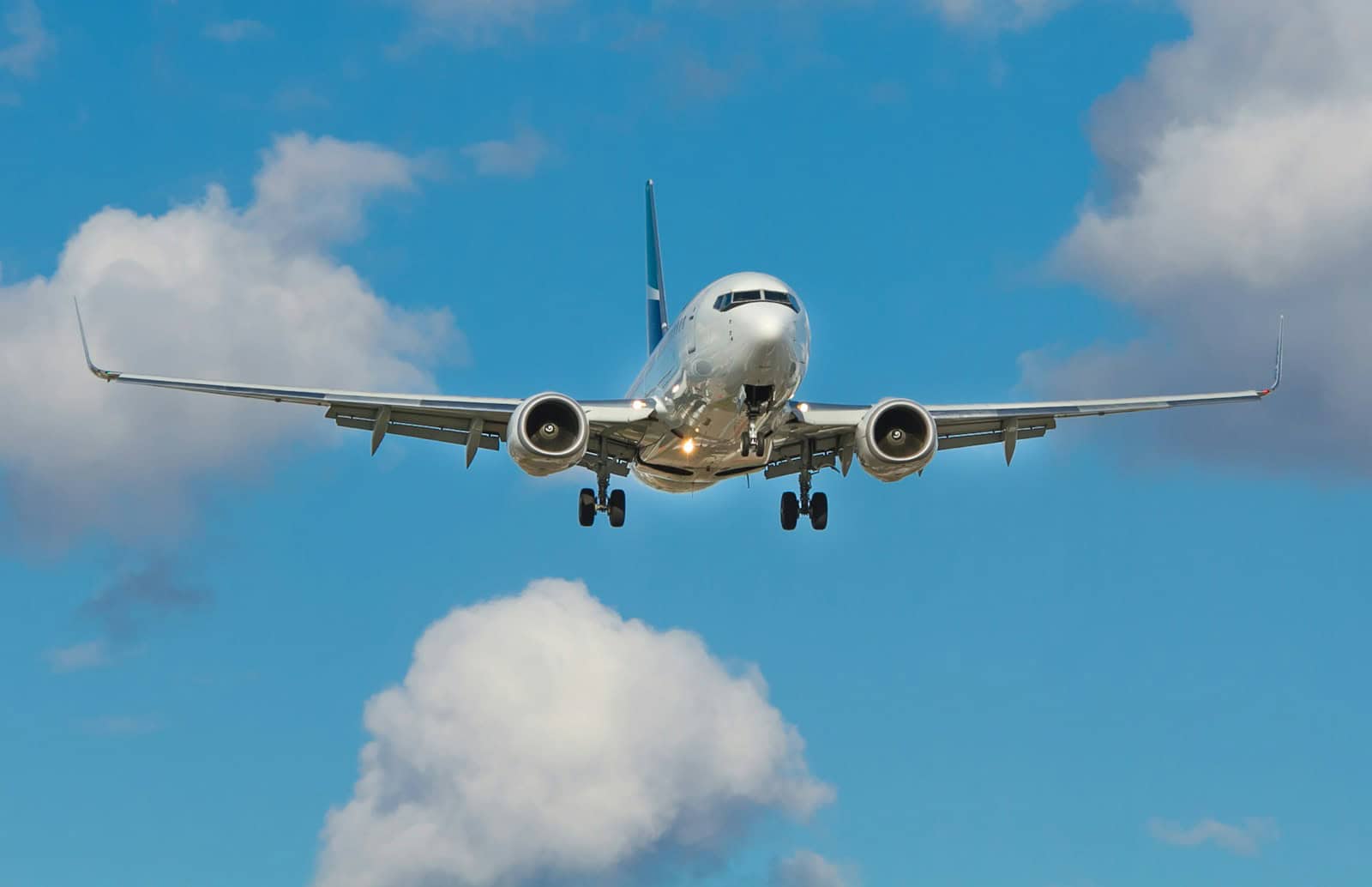Apple airlifted nearly $2 billion worth of iPhones from India to the United States in a frantic race against the clock last March. This wasn’t just a supply chain logistics story — it was a preemptive strike against looming U.S. tariffs that threatened to jack up the cost of imported electronics and disrupt Apple’s finely tuned global operations.
Why Apple Airlifted iPhones
Faced with the threat of new tariffs under President Donald Trump’s policy shift toward protectionist trade measures, Apple acted quickly to beat the deadline. The company orchestrated a massive airlift of over 600 tons of iPhones — roughly 1.5 million units — from its growing production base in India.
This kind of shipment is rare. Moving electronics by air, especially at this scale, is incredibly expensive. But it speaks volumes about Apple’s priorities. The cost of shipping by air was clearly seen as less damaging than the hit from steep U.S. import duties, especially those that could exceed 100% on goods from China, where the bulk of iPhones are still assembled.
India’s Growing Role in Apple’s Supply Chain
For years, Apple has been gradually reducing its dependency on China, spurred by pandemic-era disruptions, geopolitical tensions, and trade war fallout. India has become a key part of that diversification strategy. Suppliers like Foxconn and Tata Electronics have ramped up local production, spurred by incentives from the Indian government under its “Make in India” initiative.
In March alone:
- Foxconn exported $1.31 billion worth of iPhones — its single largest monthly shipment to the U.S.
- Tata Electronics sent $612 million in shipments, a 63% jump from February, and notably included newer iPhone models.
Apple coordinated at least six cargo flights from Chennai, with as many as five taking off within just three days. Many of these flights landed in key distribution hubs like Chicago. The urgency of the operation also saw Apple successfully lobbying Indian customs authorities to speed up export clearances.
Tariffs and the Cost of Avoidance
The reason for the rush? A new 26% tariff on Indian-made goods set to take effect in April. That’s still relatively modest compared to the 125% tariff imposed on some Chinese tech imports under the Trump administration’s revived trade policies.
While India still enjoys a better trade position than China in this regard, the new tariffs are a warning sign. They could be expanded or intensified at any moment. Trump’s announcement of a 90-day pause on the tariffs — excluding China — has temporarily eased the pressure, but Apple isn’t counting on leniency.
What It Means for U.S. Consumers
If you’re wondering how this affects you — think price tags. Apple’s margins are razor-thin when it comes to manufacturing and global logistics. If tariffs significantly impact the cost of production or importation, it could mean more expensive iPhones for American consumers down the line. Analysts warn that iPhone prices in the U.S. could surge if tariffs take full effect on Chinese imports and India faces further restrictions.
This isn’t just an Apple issue either — the broader consumer electronics market could see ripple effects, especially for products that rely on global manufacturing networks and just-in-time shipping models.
Apple’s Long Game
This $2 billion airlift wasn’t just a logistical marvel — it was a strategic move. Apple is signaling that it’s willing to go to great lengths to protect its supply chain and customer base in its most profitable market. It’s also a nod to India’s growing importance as not just a backup plan but a full-fledged player in Apple’s global ecosystem.
As trade tensions continue to evolve and geopolitical uncertainty looms, expect more aggressive maneuvers like this from Apple — and other tech giants — looking to stay one step ahead.
Table: Apple’s iPhone Export Surge From India – March 2025
| Supplier | Export Value (USD) | % Change from Feb 2025 | Notable Products Shipped |
|---|---|---|---|
| Foxconn | $1.31 billion | +28% | iPhone 16, 16 Plus |
| Tata Electronics | $612 million | +63% | iPhone 16, 16 Pro |
| Combined Exports | ~$2 billion | Record High | Estimated 1.5 million units |
| Air Cargo Flights | 6+ | — | Chennai to Chicago & other U.S. cities |
Apple may have avoided a tariff bullet for now, but this move could be a sign of what’s to come in a more fragmented and politically charged global economy.
Key Takeaways
- Apple shipped $2 billion worth of iPhones from India to the US in March to avoid potential new tariffs.
- The company used special cargo flights to move approximately 1.5 million devices in its largest-ever export from India.
- This shift highlights how major tech firms are quickly adapting their manufacturing and shipping strategies to changing trade policies.
Economic Implications of Apple’s Strategy
Apple’s recent airlifting of iPhones from India demonstrates significant economic foresight, with impacts on international trade relations and the company’s bottom line.
Impact on U.S.-China Trade Relations
Apple’s massive airlift of iPhones worth $2 billion from India signals a major shift in global supply chains. This move represents a direct response to growing tensions between the U.S. and China.
The company’s strategy of diversifying production away from China could encourage other tech giants to follow suit. This potential exodus may weaken China’s position as the world’s manufacturing hub.
India stands to gain significantly as it becomes a more important production center. The country has already seen increased investment as Apple stepped up air shipments to meet a 20% increase in production.
Trade experts worry this shift could further strain U.S.-China relations, potentially triggering retaliatory measures from Beijing against American companies still operating there.
Tariff Avoidance and Cost Savings
By airlifting 600 tons of iPhones from India, Apple likely saved hundreds of millions in potential tariff costs. The company chartered special cargo flights to ensure inventory reached U.S. markets before new tariffs took effect.
This strategy highlights the significant financial impact tariffs can have on consumer electronics. Analysts point out that moving iPhone production to the U.S. would be prohibitively expensive due to labor costs and lack of infrastructure.
Apple’s rapid movement of five planeloads in just three days shows the company’s agility in responding to trade policy changes. This maneuver helps Apple maintain its profit margins without passing costs to consumers.
The company’s actions may establish a blueprint for other businesses facing similar tariff challenges in an increasingly protectionist global economy.
Technical and Logistical Considerations
The massive airlift operation involved complex technical planning and careful coordination across multiple continents. Moving 600 tons of iPhones required precise supply chain management, leveraging India’s growing electronics manufacturing capabilities, and maintaining strict quality standards throughout transit.
Supply Chain Management
Apple orchestrated an impressive logistical feat by flying five planes full of iPhones from India to the US in just three days. This urgent operation needed careful planning to avoid the 10% tariffs imposed by the Trump administration. The company had to:
- Coordinate production schedules with manufacturers
- Book cargo space on multiple aircraft
- Arrange customs clearance documentation
- Manage delivery timing to US distribution centers
The operation moved nearly $2 billion worth of devices, an all-time high for shipments from India to the US. Apple’s suppliers Foxconn and Tata played key roles in this process.
Time was critical. Products had to be packed, transported to airports, loaded, and flown directly to the US before tariffs took effect.
Electronics Manufacturing in India
India has become a strategic manufacturing hub for Apple in recent years. The company’s investment in Indian production capacity paid off during this tariff situation.
Indian factories now produce multiple iPhone models with quality matching Chinese facilities. Foxconn and Tata have built specialized assembly lines that can quickly ramp up production when needed.
Key advantages of Indian manufacturing include:
- Lower labor costs compared to China
- Growing technical expertise in electronics assembly
- Government incentives for tech manufacturing
- Strategic location for shipping to multiple markets
These facilities employ thousands of workers trained specifically in iPhone assembly. Components still come from global suppliers, including semiconductor chips from various Asian manufacturers.
Quality and Security Measures
Apple maintained its strict quality standards despite the rushed timeline. Each device underwent the same testing protocols used at all production facilities worldwide.
Security remained paramount during the operation. The valuable cargo required special handling:
- Sealed containers with tamper-evident locks
- GPS tracking of shipments
- Armed security personnel at loading points
- Limited information shared about flight schedules
Insurance for the shipments likely cost millions given the value and time sensitivity. Temperature and humidity were carefully controlled during transit to protect sensitive electronics.
Apple’s quality control teams inspected random samples before and after shipping. This ensured that the rushed timeline didn’t compromise the product integrity that customers expect from premium devices.
Frequently Asked Questions
Apple’s recent massive air shipment of iPhones from India represents a significant shift in their supply chain strategy. This $2 billion movement highlights the company’s adaptability to trade policies and its growing manufacturing presence in India.
What factors prompted Apple to transport iPhones via air freight from India?
Apple airlifted the iPhones from India mainly to avoid potential tariffs. The company was responding to concerns about upcoming Trump tariffs that could impact their products manufactured in China.
This urgent air transport operation allowed Apple to ensure adequate inventory in the U.S. market while avoiding potential price increases for consumers.
The speed of air freight gave Apple a timing advantage compared to sea shipping, which would have taken weeks longer.
What are the implications of Apple’s air shipment of iPhones on Indian exports?
The massive shipment created a record high for Indian exports. The $2 billion worth of iPhones shipped in March represents an all-time high for Apple’s exports from India.
This boost strengthens India’s position as a major manufacturing hub for high-value electronics. The increased export volume highlights the growing capacity of Indian manufacturing facilities.
The successful operation may encourage Apple to further increase its manufacturing presence in India.
How do Apple’s logistics strategies impact their avoidance of tariffs?
Apple’s use of chartered cargo flights shows its ability to quickly adjust supply chains. By flying 600 tonnes of iPhones from India to the U.S., the company demonstrated remarkable logistical flexibility.
The company timed these shipments strategically to beat the implementation of new tariffs. Their approach minimizes the impact of trade policies on their business model and product pricing.
This strategy helps Apple maintain price stability in the U.S. market despite changing trade regulations.
What volume of iPhones does Apple typically export from India?
The March 2025 export of approximately 1.5 million iPhones represents a significant increase over typical monthly volumes. Prior to this surge, Apple’s Indian manufacturing primarily served local markets and regional export needs.
The 600 tons of devices shipped in March demonstrates the expanded capacity of Apple’s Indian manufacturing partners. Foxconn and Tata have become key suppliers in Apple’s global production network.
Has there been a recent change in Apple’s supply chain operations involving India?
Yes, Apple has been ramping up production in India significantly. This shift represents part of the company’s longer-term strategy to diversify manufacturing beyond China.
The company has strengthened partnerships with Foxconn and Tata to increase production capacity. These relationships have enabled the rapid scaling of iPhone manufacturing in India.
The recent airlift operation shows how quickly Apple can now leverage its Indian manufacturing base.
In what ways has the pricing strategy for iPhones in the Indian market been adjusted?
Apple has maintained consistent pricing in both U.S. and Indian markets despite the supply chain shifts. The company absorbed the additional costs of air freight rather than passing them to consumers.
This approach helps Apple protect its market share in both countries. By avoiding tariff-related price increases, Apple maintains its competitive position against other smartphone manufacturers.
The company balances manufacturing costs, shipping expenses, and market-specific factors when setting prices.







